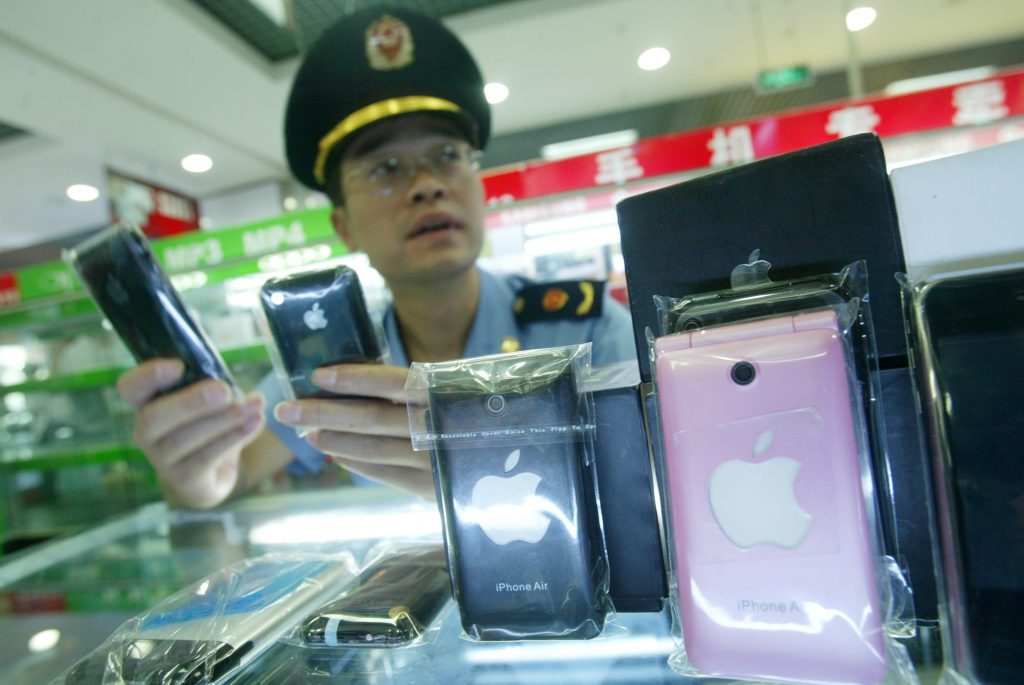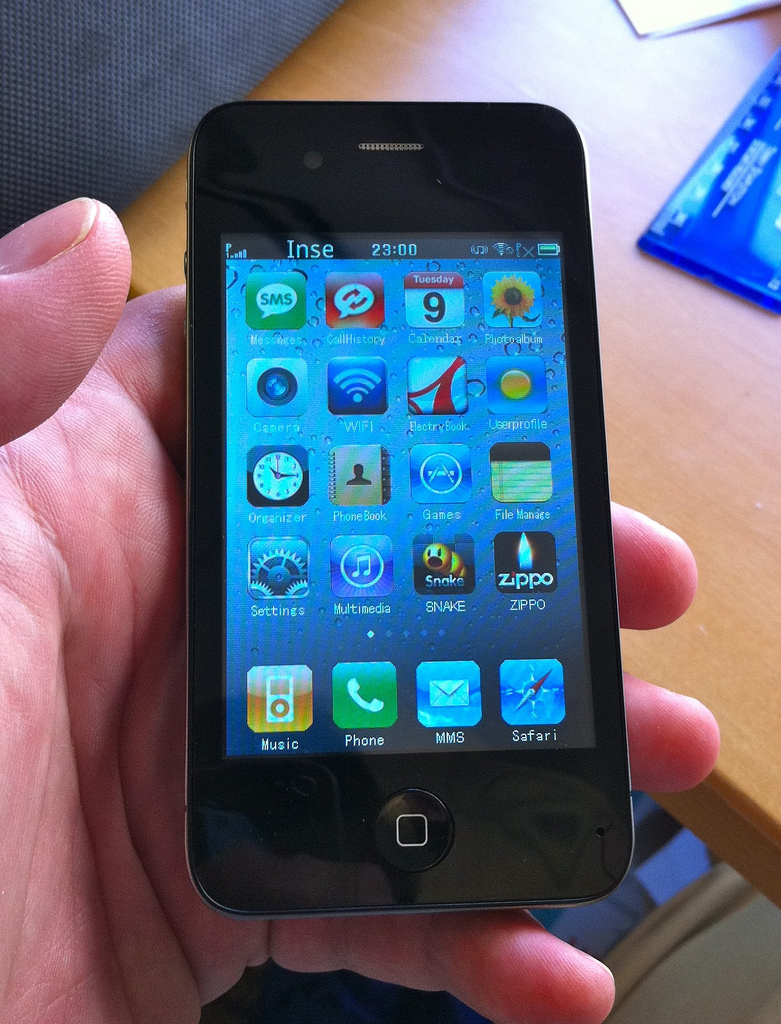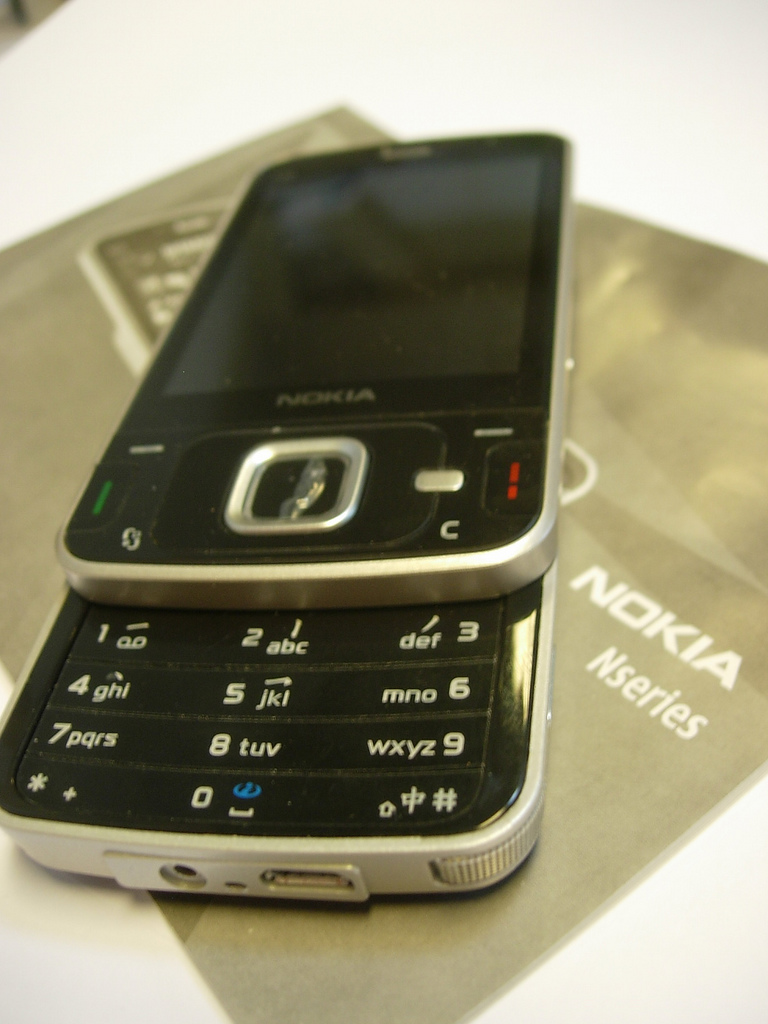The Flipside of Counterfeit Goods

I was in the audience at a seminar in Guangzhou, China, in 2013 when my friend Jibril (a pseudonym) gave a lecture to some two dozen U.S.-based business professors. The attendees were there seeking to understand China’s efforts to globalize its consumer products. Jibril, a West African shipping agent who worked in Guangzhou, talked about his business. He told us matter-of-factly that he sometimes ships out counterfeit products made in China. “We tell our customers that it’s illegal,” he said. “But if they bring [them] to us, we’ll ship them. Many West African consumers want these goods.”
During the question-and-answer period, one of the business professors wondered aloud whether people like Jibril who were shipping illegal copies might also be engaged in other immoral crimes such as human trafficking. Jibril was too polite to express his anger, but he later fumed in private. “I once worked for an American company. Some of my American colleagues were getting drunk every night, and sleeping with women outside their marriage,” he told me. “As a Muslim, I would never do those things. Yes, I send counterfeit goods. Everyone does, from my country. But that’s not immoral. Who is a more moral person, me or those Americans?”
For Jibril, the moral and the legal were fundamentally different things: morality was how someone should live, legality no more than a set of arbitrary rules created by rich companies and developed nations. As he saw it, his business transactions at times may have been illegal, but they were definitely not immoral. Instead, the issue was about finding routes around what he conceived of as developed-world imperialism.
Unlike Jibril and his compatriots, most people in the developed world see the manufacture and trade of counterfeit goods as something that’s not just illegal but morally wrong. By copying the design—and sometimes the label—of branded products that are sold around the globe, those who make counterfeit goods have stolen someone else’s intellectual property to make a quick profit.
Before I began my anthropological research in 2005 on low-end trade between Africa and China, I would have indeed thought that the counterfeit industry was morally wrong. But now, like Jibril, I see that the matter is far more complicated.
There are two types of counterfeit products: knockoffs, which appropriate the design but not the label of the original, and copies, which bear the original’s exact design and brand name, but typically are made from inferior materials that do not meet brand-name specs. Very few of the electronics and textiles exported from Guangzhou to Africa are originals. I discovered from my fieldwork that around 20 percent are copies, and almost all of the rest are knockoffs.
Copies of any kind are prohibited, not just under Chinese law but in most countries throughout the world. Large signs posted in Guangzhou’s trading areas proclaim, “Copies are illegal!” Yet virtually all African shipping agents have connections in Chinese customs who, in exchange for relatively small bribes, help them get copies through customs.
Most other goods that African traders send from China to their home countries are knockoffs, which easily pass through Chinese customs. Part of the issue is that customs offices throughout the world aren’t able to distinguish between legal and illegal knockoffs. That’s because the line between an illegal knockoff and a legal adaption of a design is blurry: How much does an original need to be changed in order to make its knockoff legal? If a company wants to stop the manufacture and trade of knockoffs of their products, they can bring a civil suit—which can usually be pursued in countries where the goods are made as well as where they’re sold—but the process is difficult and time-consuming.
The line between copies and knockoffs can also prove inexact. Many Chinese companies make phones or watches with names such as “Apply” instead of Apple, or “Secco” instead of Seiko, thus avoiding copyright laws. And traders in the developing world have been known to send the labels separately from the products so that the Hitachi, Samsung, or Apple logos can be attached to the goods once they reach their destination, thereby avoiding problems at customs.
In most sub-Saharan African nations, there are at least a few stores that offer original goods, which are sought by the relatively few members of each country’s middle class. A well-off merchant who sells original phones in his shop in Kampala, Uganda, views counterfeits with disdain. “After two weeks the earpiece is dead, and you fix it for US$5,” he told me. “After another two weeks, the mouthpiece is dead, and that costs you another US$10. A month later, the battery is worn out, and so you must pay US$15.” Ultimately, he maintained, buyers can wind up spending more money than if they had purchased an original.
His view is a valid one. He sells phones made by Samsung Electronics and other big brand-name companies that are of high quality and will work well for a long time. On the other hand, neighboring stalls stocked with copy or knockoff phones see about 50 times more customers—most African consumers simply lack the funds to purchase originals. Plus, while some copy and knockoff phones break quickly, many do work well. I know dozens of African merchants and traders who have copy or knockoff phones. Many have proudly shown me how well they work despite being several years old. And more broadly, because of these Chinese-made, counterfeit smartphones, hundreds of millions of Africans are now linked to the internet.
Many Westerners dislike the situation, but some have a pragmatic understanding of why it exists. I once gave a talk on trade between China and the rest of the developing world in which I defended the trade in Chinese knockoffs. After I finished, a man stood up and identified himself as a private investigator representing companies that try to stop the production of Chinese counterfeit goods. “I take umbrage toward your lack of concern for intellectual property violations,” he said. But when I later had dinner with him, he told me that he regretted having to prosecute traders who buy counterfeit goods. “They’re just foot soldiers trying to make a living. It’s all a business. We all understand that.” And even though he reserves the bulk of his ire for Chinese factories that produce counterfeit goods, he said with empathy, “Poor people want these things, and so factories make them.”
During Nokia’s heyday, a low-level executive at the company told me that Nokia might not object to people buying copies of Nokia phones, since those buyers can’t afford the real thing. According to this person, the company held the view that someone may buy a counterfeit phone when they are poor but that once they begin to earn more money, they might buy the original they had long dreamed of owning. When it’s obvious a phone is a copy and customers are under no illusion of its authenticity, which is generally the case in Africa, phone manufacturers seem to have few objections. It’s when counterfeit phones masquerade as originals—or, more precisely, when lower-quality imitations damage the reputation of the originals—that companies such as Nokia and Samsung object.
Over the last decade, my research has involved countless conversations with African traders throughout China. My travels have also taken me to Bangkok, Kolkata, Dubai, Istanbul, Nairobi, Kampala, and Dakar to examine how traders’ goods are bought, shipped, sold, and used. And in that time, I’ve begun to see that most of the counterfeit goods—such as electronics and clothing—sent from China to other developing countries play a beneficial role in the lives of those who use them.
It’s true, some counterfeit products are terrible—from medicines that can kill people to shoddy electronics that quickly break. But most function reasonably well at a price that is a small fraction of the original. As a Kenyan trader told me, “Nobody in my country can buy an original brand of suit, or an original phone by a famous company. It’s too expensive.” The counterfeit goods bettered his customers’ lives and exposed them to merchandise they would otherwise never be able to lay their hands on. “The traders are bringing the world to Africa!” he said.
I have come to believe that counterfeit products are, all in all, good for the world. Even though their production involves intellectual piracy and can result in unwary consumers being bilked or even grievously harmed, they are also bringing globalization to impoverished peoples in Africa, Asia, and Latin America. Why should the goods of globalization belong only to the affluent? A large majority of the world’s population can’t afford to join that club. Conversations with Jibril and other traders have convinced me that counterfeit goods should be less condemned and more celebrated. They make the world a better place.




































